Organic Buckwheat Hulls
Quantity per kg. Price per kg.
Pillow Stuffing material.
Buckwheat hulls come from the hulling process. They are cleaned and dusted by sifting and by forced air to eliminate fragments and dust. They are not fumigated or otherwise treated.
Buckwheat hull pillows have been used in Asian countries for years. Buckwheat hulls conform perfectly to the shape of the head, neck and back ensuring individualized support each night. Air circulates freely through buckwheat hulls, so pillows made from them are thermodynamic or well ventilated. Smaller therapeutic buckwheat pillows are used as eye pillows, or heated for use in targeting back pain or other muscle pain.
Buckwheat hulls should not be washed since they are very light and difficult to dry quickly. Pillows can be shaken and put out to air to remove residual dust from the breakdown of the hulls over time. Pillow casing may be cleaned by first removing the hulls and then washing the pillow casing.
How to make a buckwheat hull pillow:
- Cut two identical pieces of cotton material into 21-inch by 17-inch rectangles.
- Lay the rectangle with the right sides of the fabric together with the wrong side on the outside.
- Sew all around the edge of the rectangles, ¼ inch from the edge. Leave a 5-inch space un-sewed.
- Turn the pillowcase inside out, bringing the right side of the pillow case to the outside.
- Fill the pillow case with the buckwheat hulls so that it is full, but not so packed that the hulls cannot move about.
- Hand sew the 5-inch hole with the needle and thread in small, tight stitches so that no hulls can escape



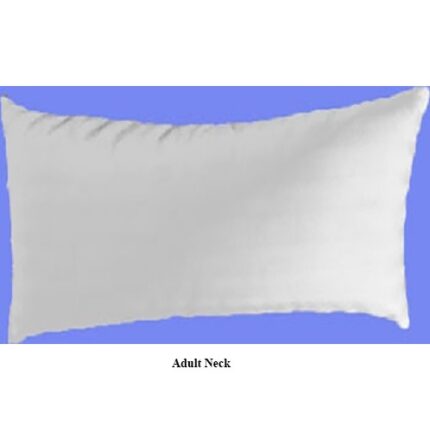
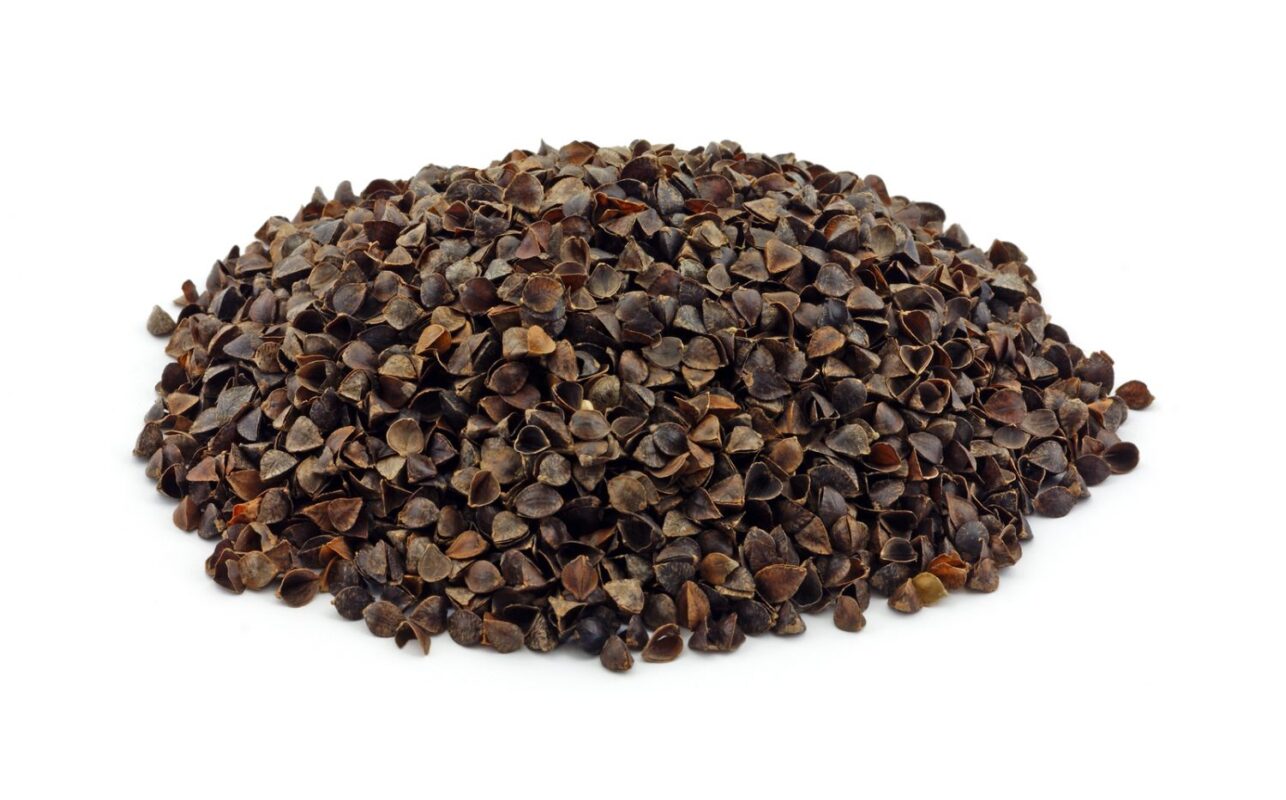
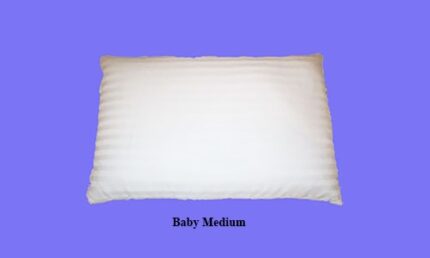
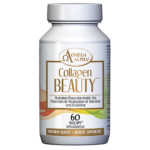

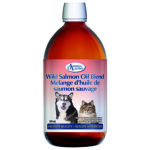

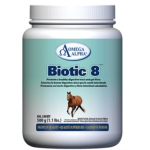
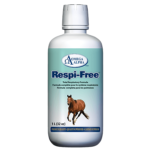
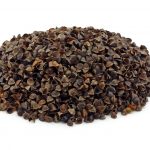
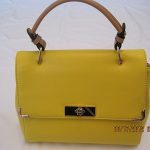
Reviews
There are no reviews yet.